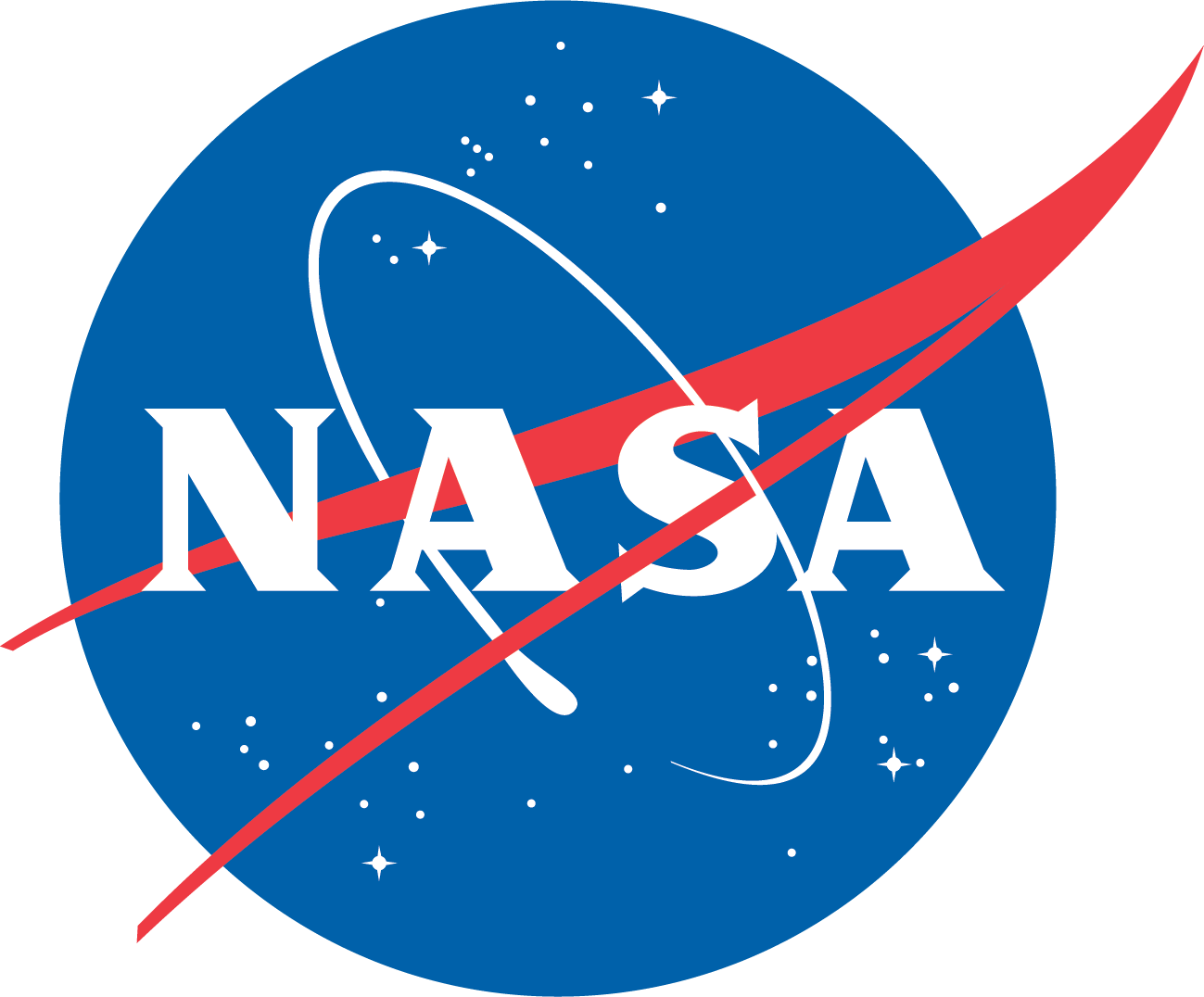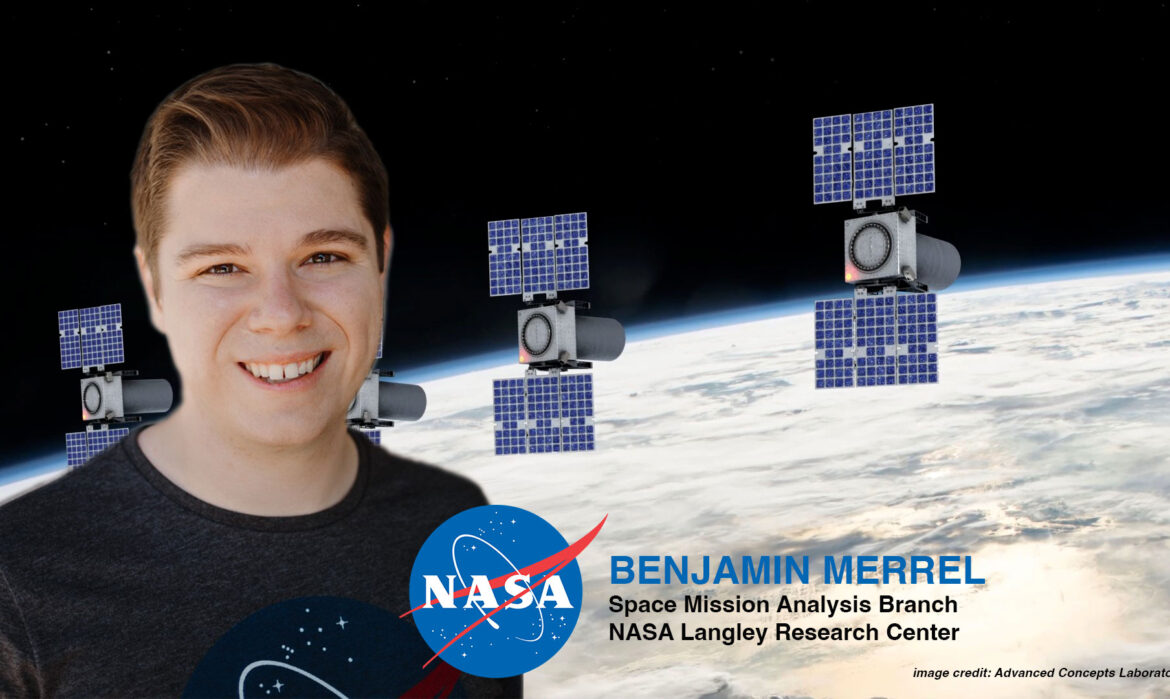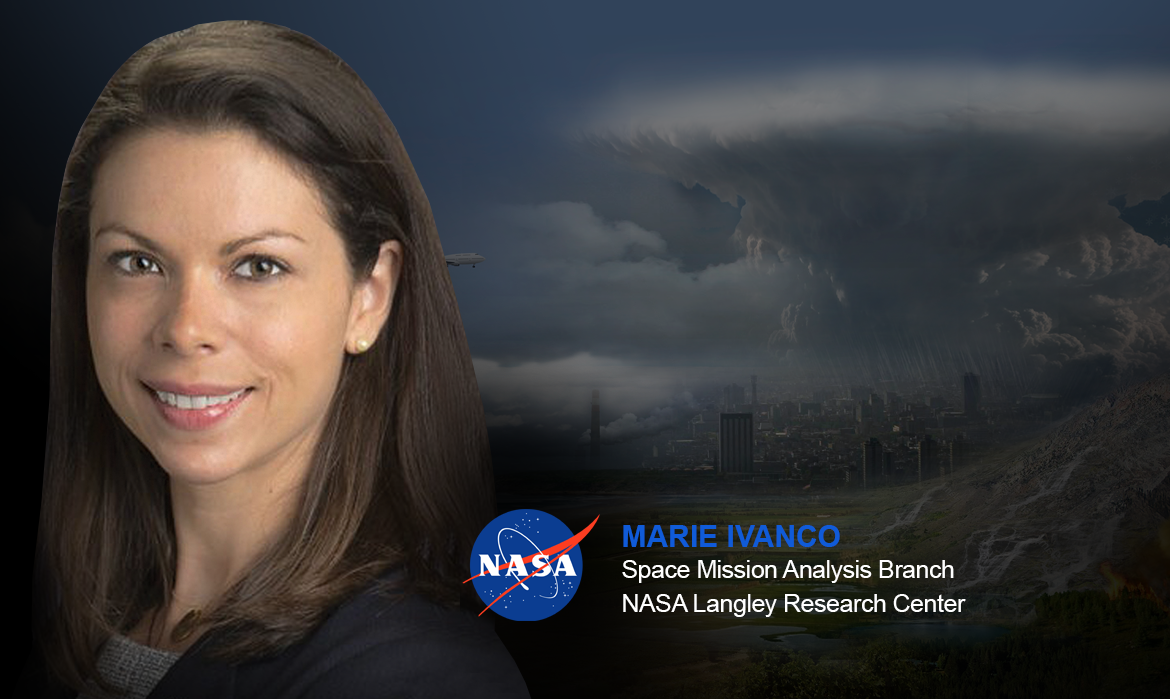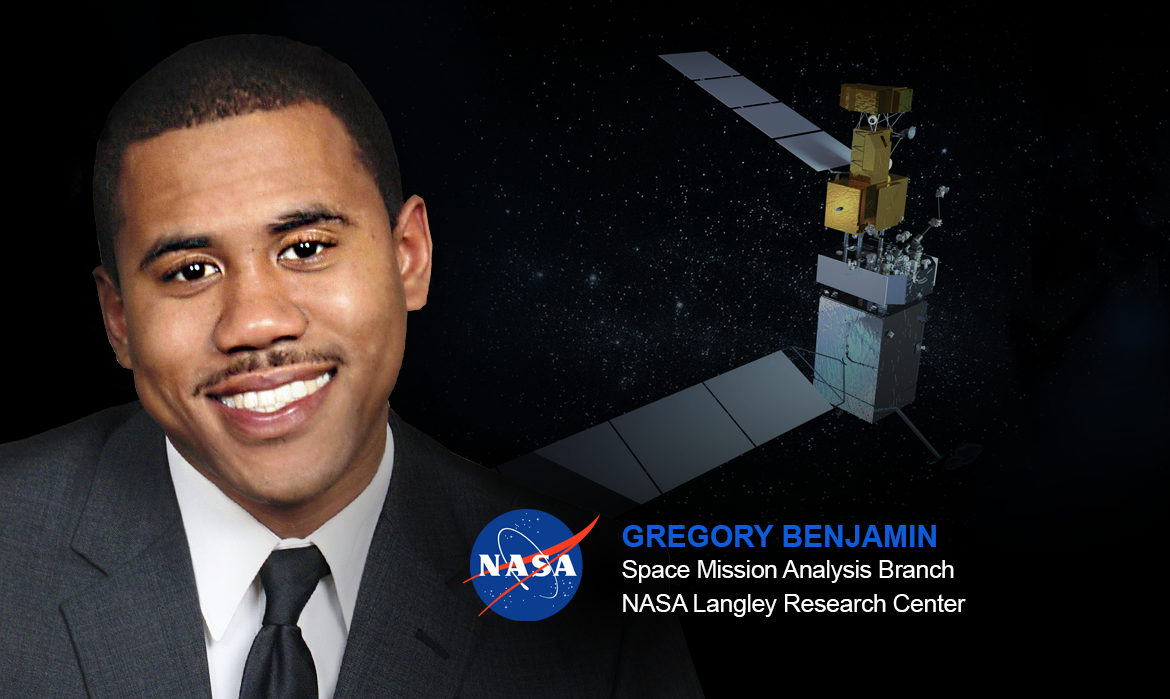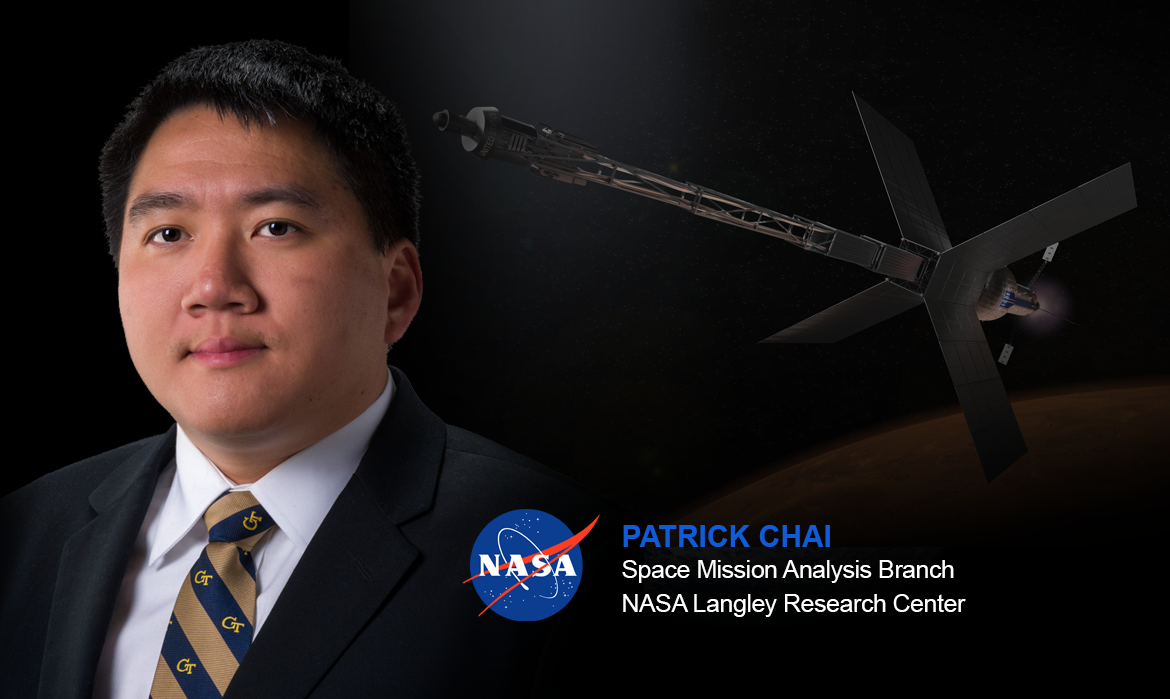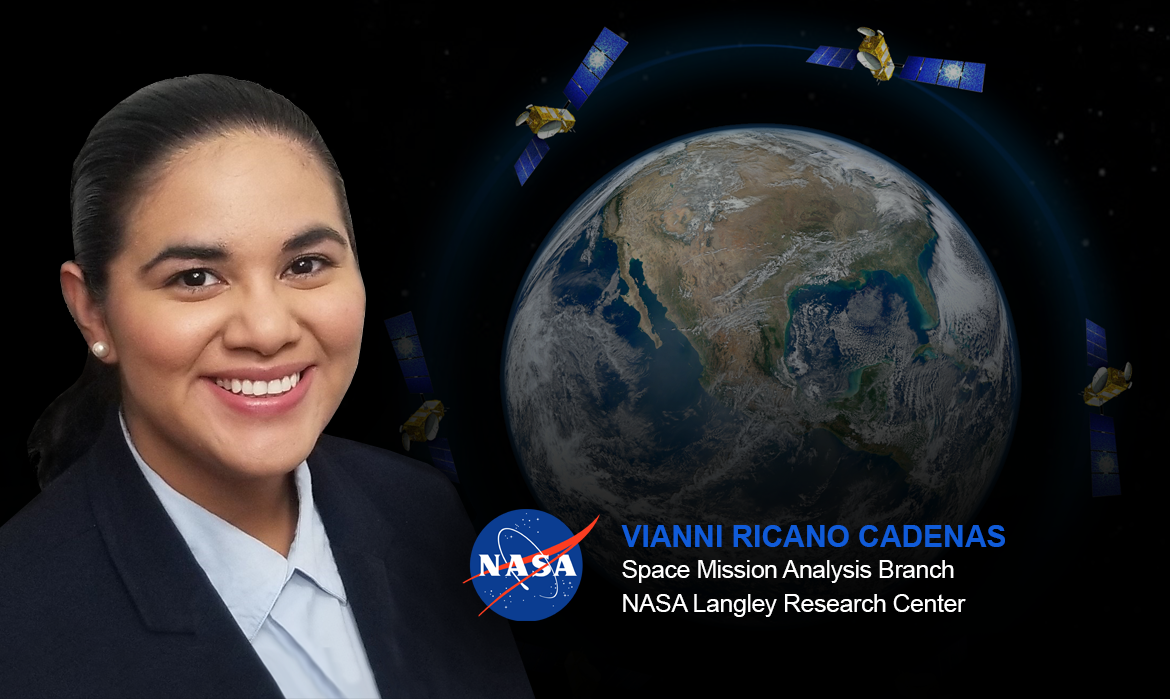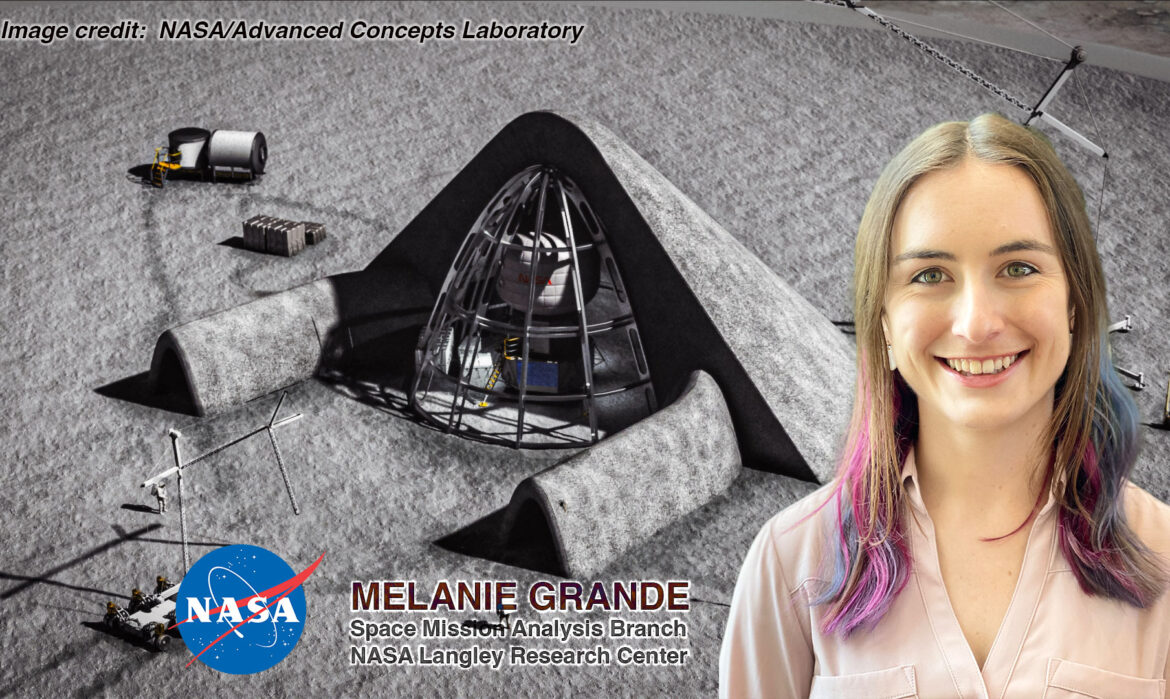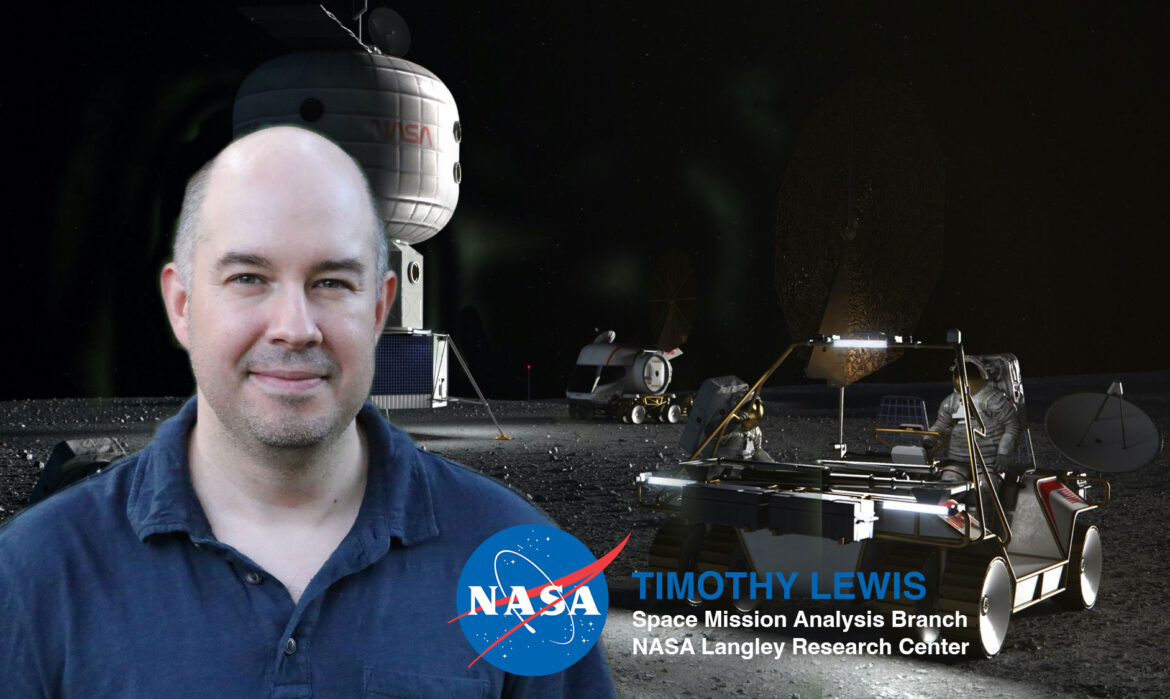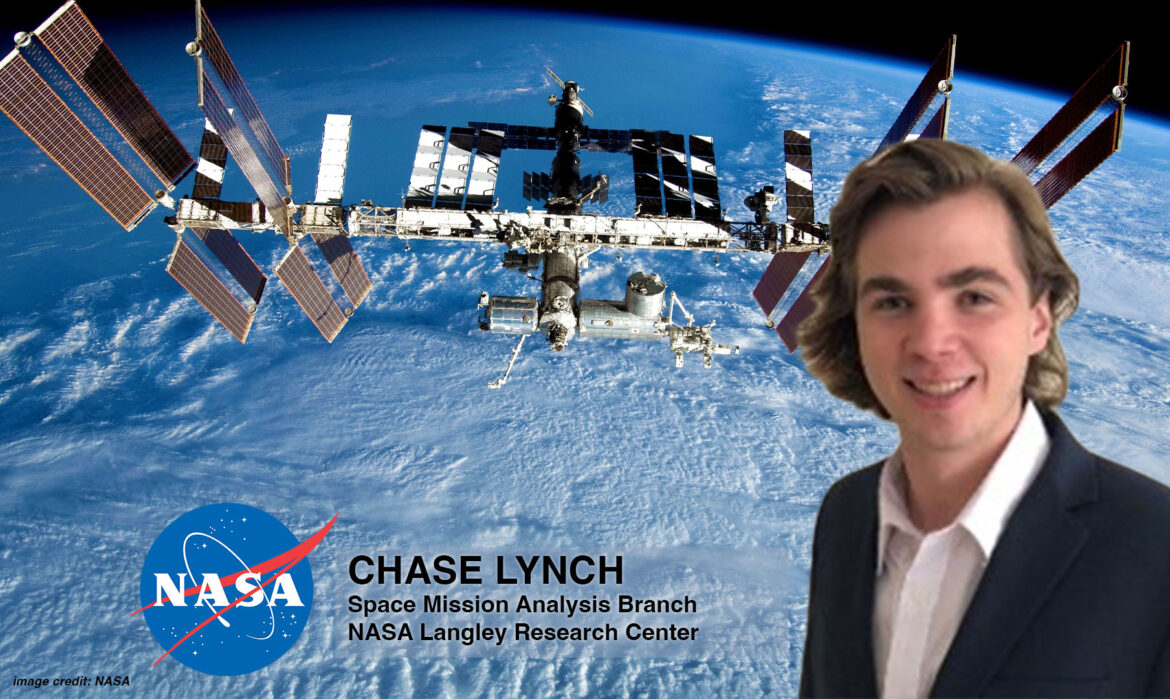A World of Space, featuring Kandyce Goodliff
Space exploration is a cooperative venture across humanity, and Kandyce Goodliff has been helping to foster that cooperation.
Goodliff, an engineer with the Space Mission Analysis Branch at NASA’s Langley Research Center, has been a part of the International Space Exploration Coordination Group (ISECG) for over a decade and has led its International Architectures Working Group (IAWG) since 2018. Through this forum, twenty six space agencies and organizations around the world “think about future exploration, and how we as a world plan to explore together”. The IAWG is the technical arm for putting together plans and strategies to enable the participating agencies to coordinate the systems and missions that could support multi-national participation in human space exploration.
Goodliff combines her expertise in campaign analysis with leadership experience across human spaceflight to support the development of the group’s Global Exploration Roadmap. The most recent version of the Roadmap, published in 2018, captures an international vision for space exploration extending to the Moon, asteroids, Mars, and beyond. Goodliff led the development of a lunar surface exploration campaign that could address ISECG’s lunar surface exploration objectives, recently published in a GER Supplement in August 2020. This Supplement reflects the growing interest across the world to accelerate lunar exploration plans, including NASA’ s Artemis program.
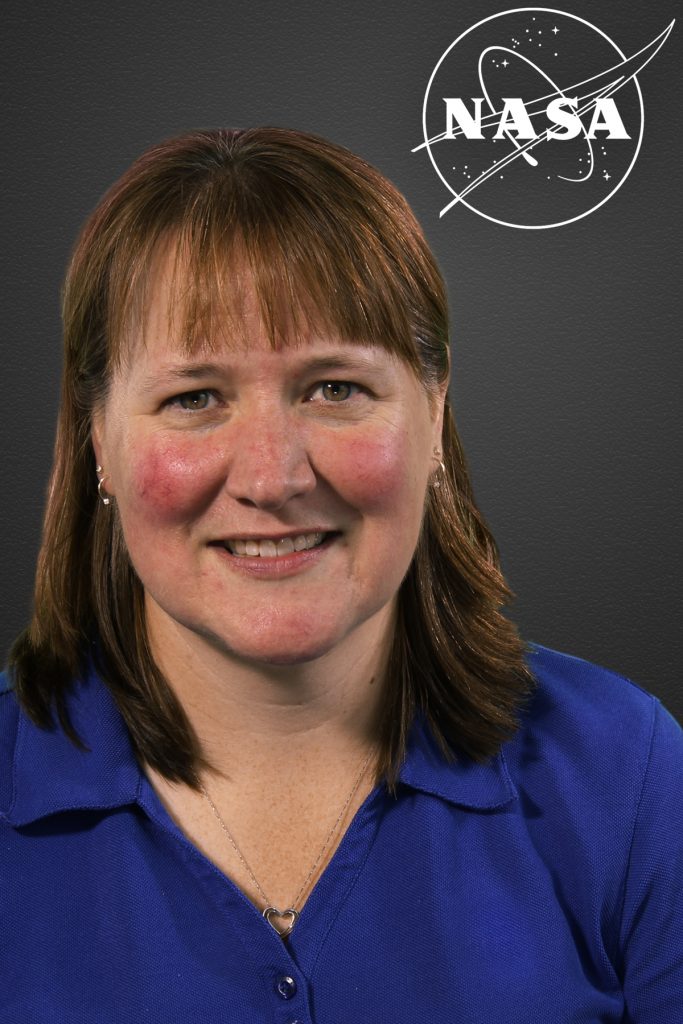
“ISECG is an awesome group to work with and it’s amazing to see what we have been able to accomplish by working together.”
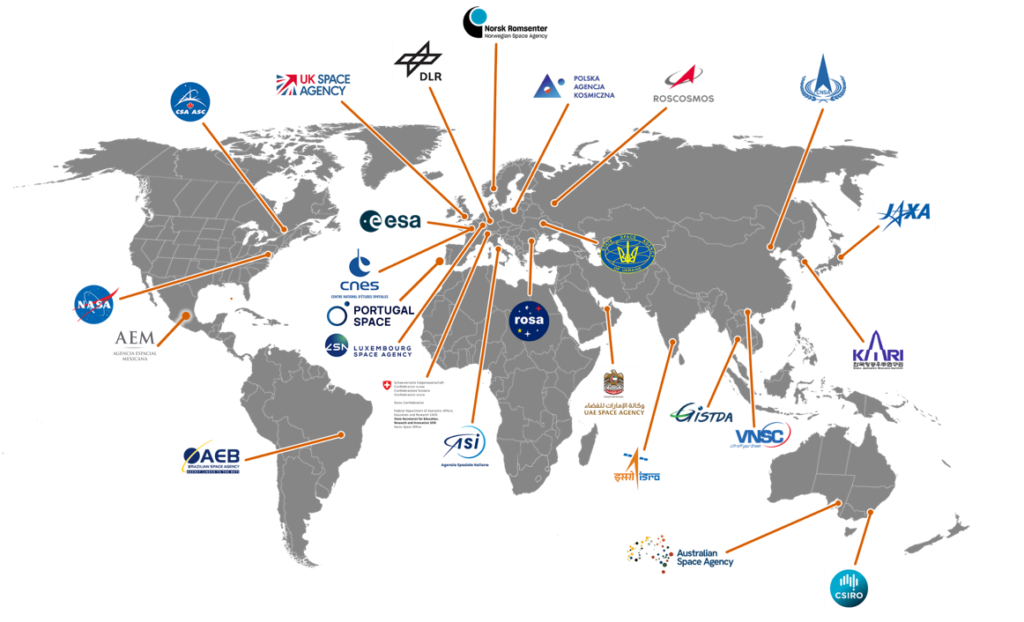
A decade earlier, Goodliff first became involved with ISECG through her work on the Constellation program. Starting with a sensitivity analysis on the availability of small cargo landers to the lunar campaign she began coordinating with the European Space Agency and the Japanese Aerospace Exploration Agency. From there, she used her capabilities to afford the other partner space agencies opportunities to participate alongside to meet NASA’s objectives, as these other agencies were looking to NASA for direction.
Working with these international partners has given Goodliff an appreciation for both the commonalities and differences in how space agencies operate. While all the participating agencies share a desire to expand humanity’s exploration of space, they do it under different circumstances. NASA, she observes, has a bigger budget for space exploration than other agencies, but also lives in a world where that budget’s priorities can shift every four to eight years. Many of the other agencies have more stable priorities. All participants, however, share a desire to find ways to meaningfully contribute.
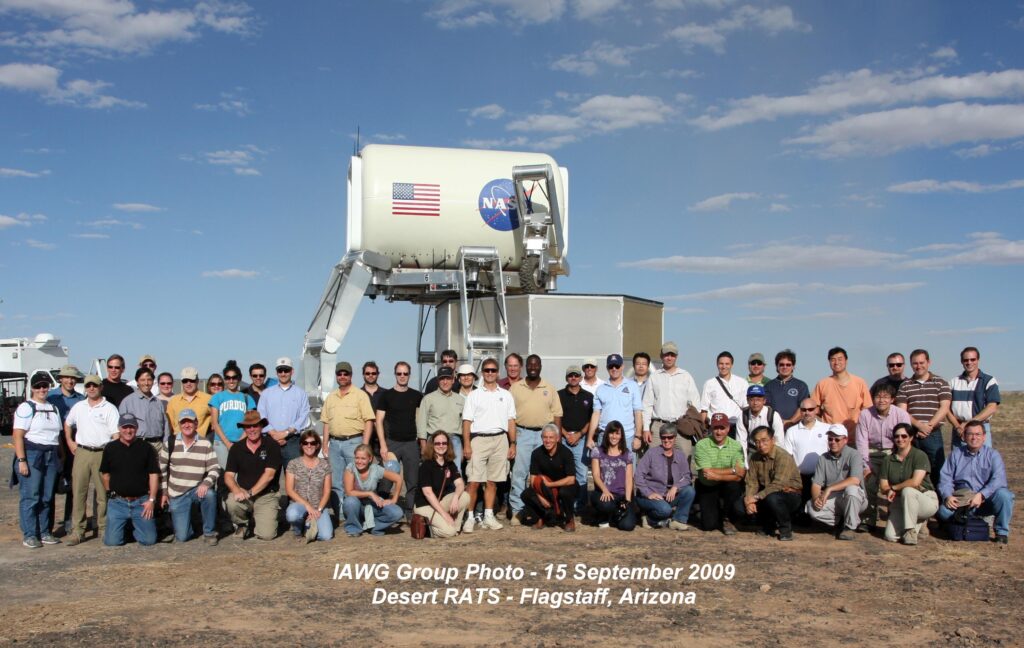
Goodliff’s involvement with space exploration began while she was working on her master’s degree when she had an opportunity to work with members of the Space Mission Analysis Branch as part of a spacecraft design course. As she finished her master’s, she joined the branch as a contractor, working on software development to support systems analysis and assess potential science missions. By the time she became a civil servant, she had begun to build her expertise in campaign analysis, which has served both NASA’s human exploration ventures and ISECG’s strategic planning.
For Goodliff, the benefit of working with the international partners is more than just the technical coordination. “It’s an awesome group of people to work with” she says, even as they face the challenges of a pandemic that have eliminated opportunities for face-to-face meetings. With support from senior NASA leadership and Goodliff to help steer architectural planning, the group continues to coordinate on a vision of humanity working together to push beyond Earth and reach for the stars.
Author/Contact: Chris Jones
Published: April 2021

